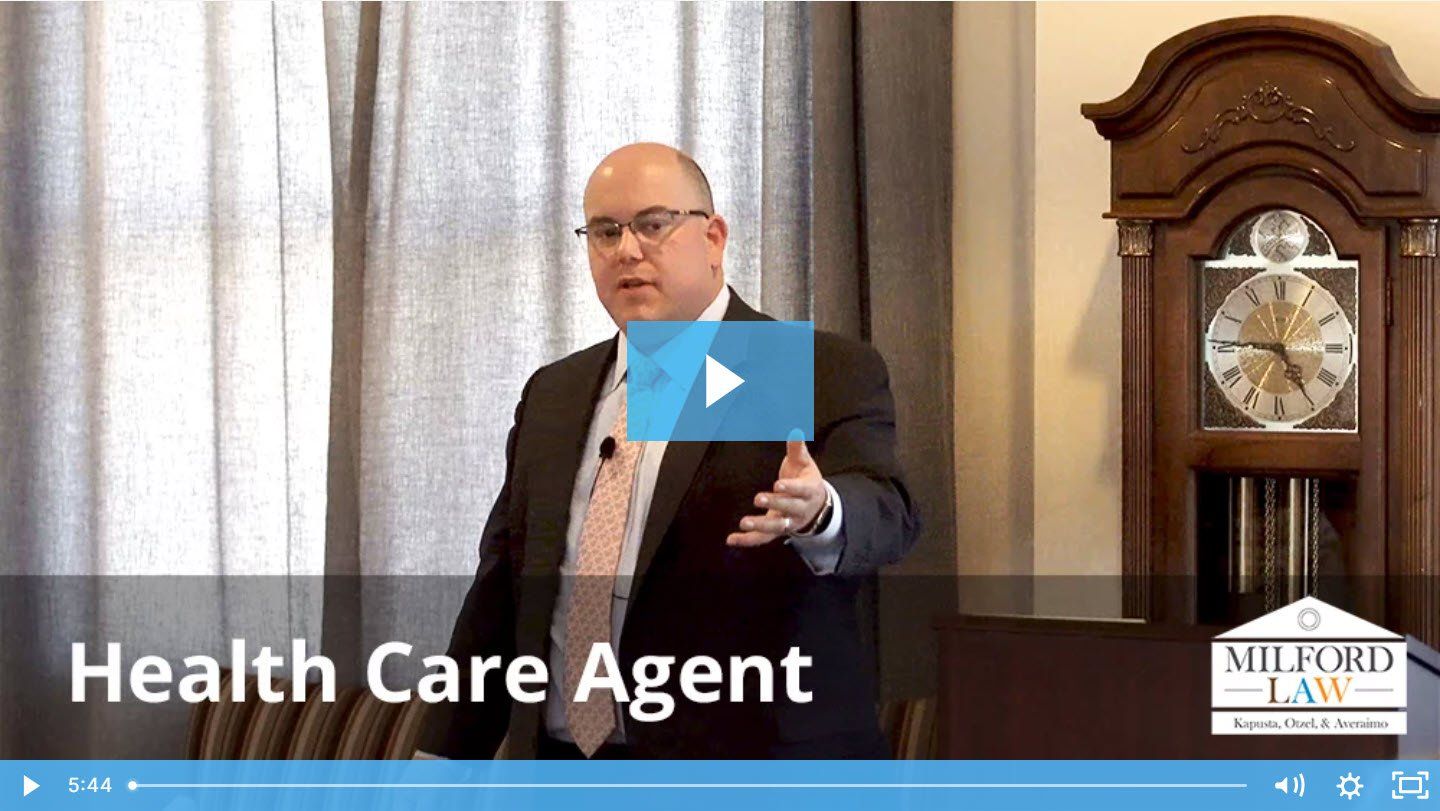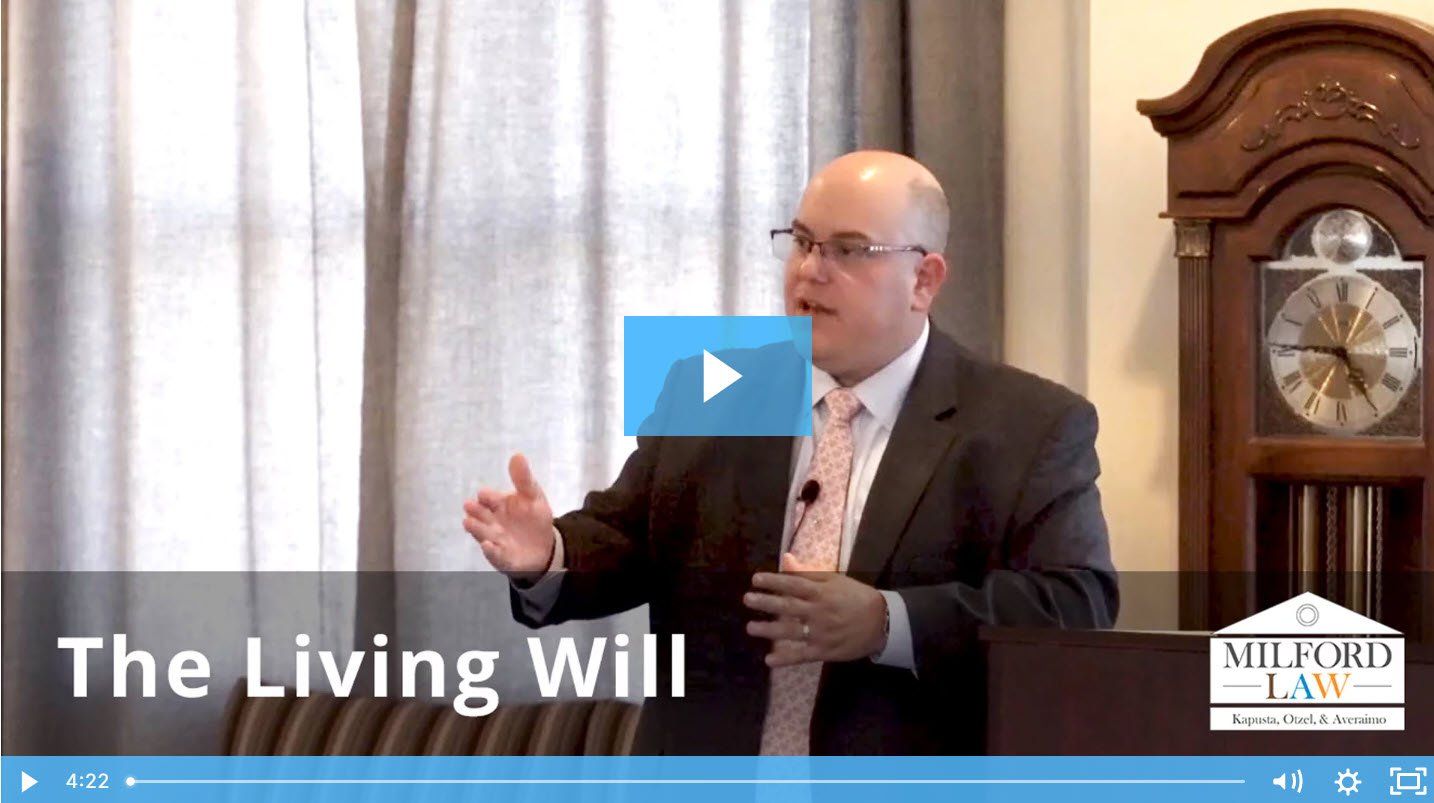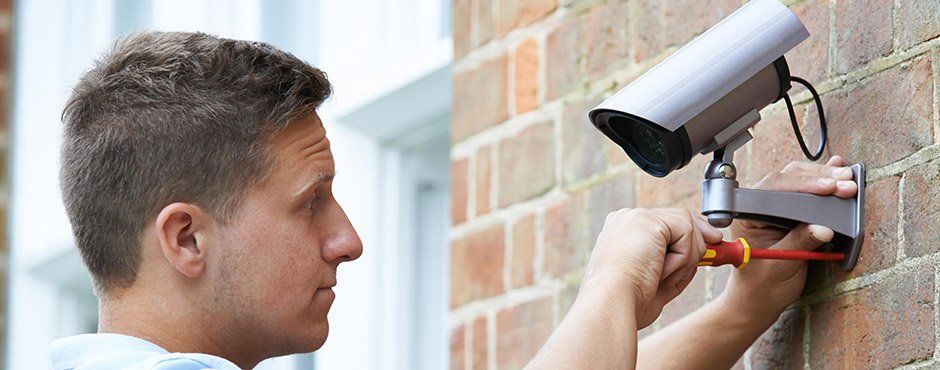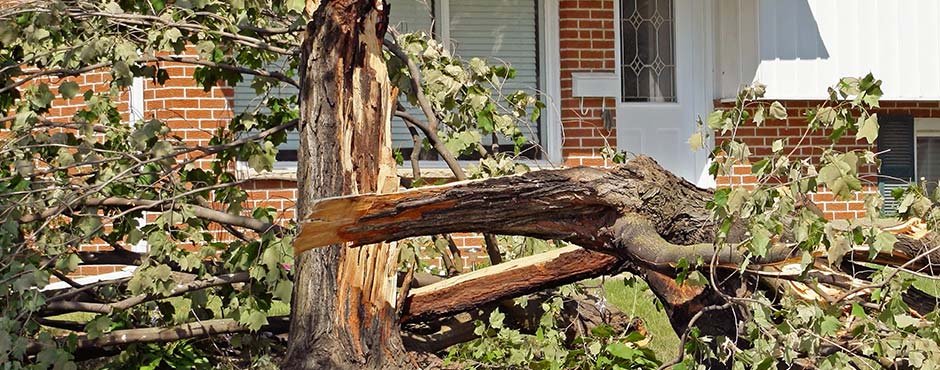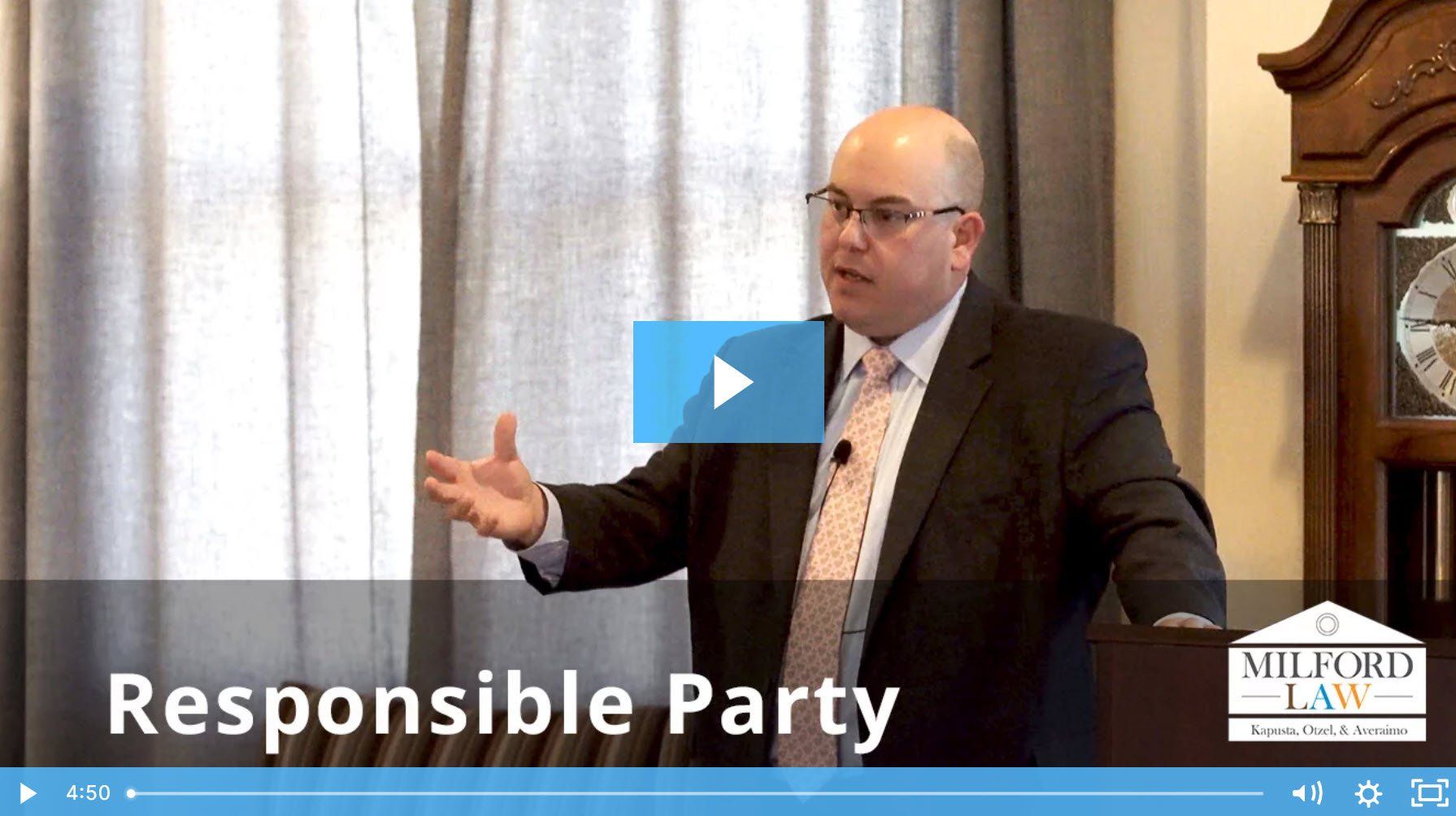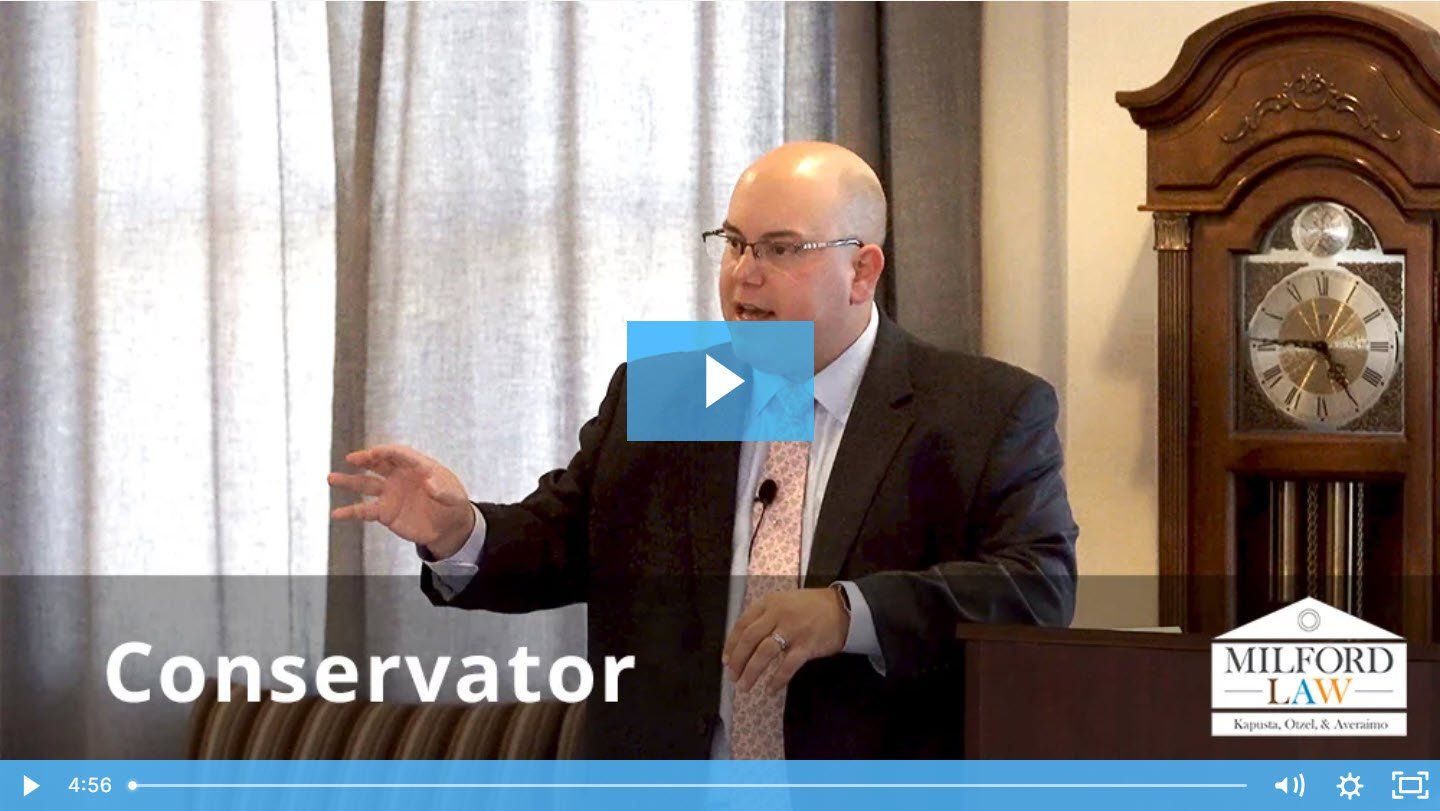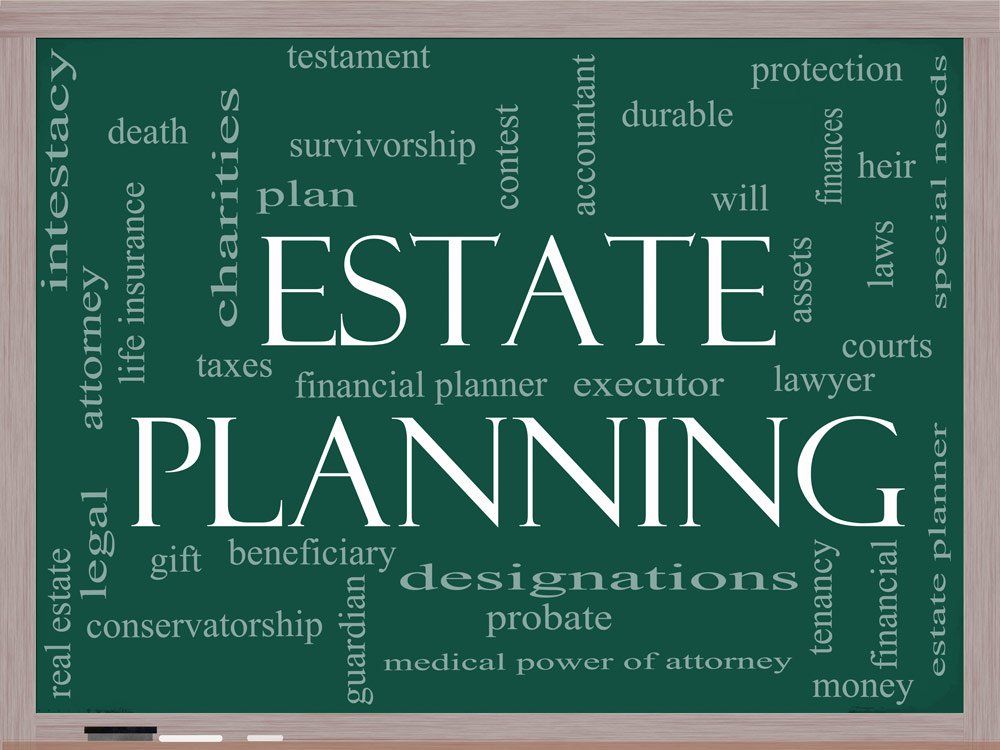Trees, Your Property, and Your Neighbors
Responsible Tree Removal
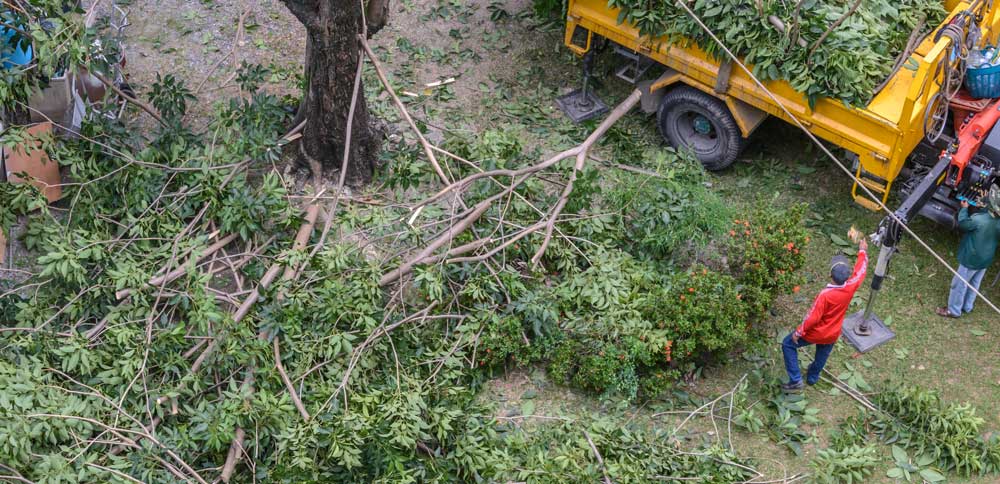
With the growing number of storms this year it seemed appropriate to provide my clients with some general information about trees that may grow in their own yard or the yard of their neighbors.
Under Connecticut case law, if a tree is growing on one person’s land but its branches or roots encroach on a neighbor’s land, the neighbor, within certain limitations can cut off the branches or roots up to the line of his or her land.
Connecticut General Statute §52-560 states that a person will be liable to a neighbor if he, without permission, cuts a tree on another’s property. That person must pay the tree owner three times the tree’s reasonable value or five times the reasonable value if the tree is intended for sale or use as a Christmas tree. But if the person cut the tree by mistake while believing that the tree was on his or her own land, the person must pay only the tree’s reasonable value.
Generally, a good rule of thumb is to be sure you speak with your neighbor about cutting back or even trimming a tree before it is done. The conversation is much more uncomfortable with a neighbor if it is later determined that the tree should have never been cut in the first place.
Keep in mind as well, if an individual has a tree growing on his property that has been determined to be dead or decaying, an individual has a duty to inspect the tree and remedy a dangerous and defective condition. Failure to do so will cause liability should an injury occur because of this dangerous or defective tree.
If you have any questions or concerns about your trees or your neighbors’ tree, please give us a call to
discuss. The call may save you money and litigation in the long run.
Milford Law Articles

